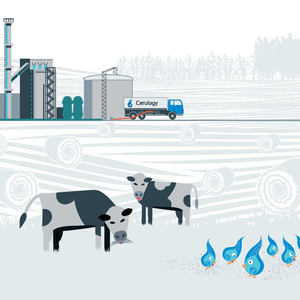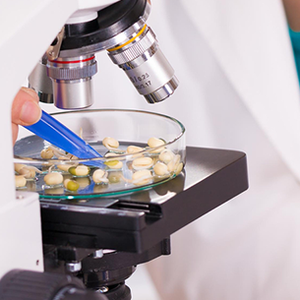The Norwegian government ambitions that all salmon feed should be sustainable by 2030. Currently, 2/3 of the feed raw materials in Norway are obtained south of the equator, and only 8% of the raw materials in today's salmon feed are produced in Norway. The degree of self-sufficiency must rise sharply if the industry is to reach its targets.
SINTEF has carried out an analysis that will contribute to an orientation of Norway's opportunities to provide enough sustainable feed for livestock and farmed fish. “The expected growth and low degree of self-sufficiency in farming feed will create challenges,” said special adviser in SINTEF Ocean, Karl Almås.
“In order to cover the large gap between the need and what can be obtained in this way, it is necessary to establish a new industry based on other input factors, namely the production of single-cell protein,” suggested Almås.
“Our estimates show that with a strong investment in the development and industrialization of Norwegian resources on land and in the sea, we can manage to produce up to 489,000 tonnes of feed protein raw materials suitable for the farming industry in 2030 and 700,000 tonnes in 2050,” Almås said. “We can obtain the remaining volume by establishing the production of single-cell protein in Norway. The rest of the feed protein will have to be obtained through imports of sustainably produced feed protein.”
Download the report here (in Norwegian).










